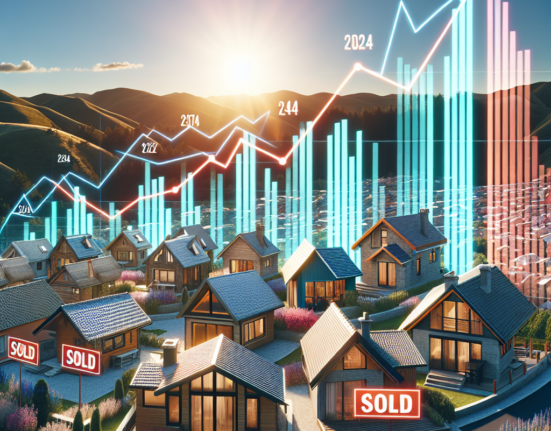The Real Estate Market: A Comprehensive Overview
The real estate market is an intricate tapestry woven from the threads of supply and demand, economic indicators, government policies, and consumer sentiment. As a cornerstone of national and individual wealth, the industry offers manifold opportunities and presents equally significant challenges. This article delves into the multifaceted nature of real estate, examining its current status, long-term trends, and key considerations for both investors and homebuyers.
Current State of the Real Estate Market
As of 2023, the real estate market exhibits a blend of resilience and fluctuation. Following the disruption caused by the COVID-19 pandemic, market dynamics have experienced notable shifts. Remote work has redefined the demand for residential spaces, pushing suburban and rural properties into the spotlight. Concurrently, commercial real estate faces adaptive reuse challenges, as offices and retail spaces evolve to align with new business realities.
Residential Real Estate: Demand Dynamics
The quest for homeownership is perennial, yet its face has changed substantially. Millennials, now in their prime home-buying years, prioritize flexibility, energy efficiency, and community amenities. Urban exodus—driven by the desire for more spacious and affordable living—has boosted real estate activities in smaller towns and suburban neighborhoods.
Residential construction is grappling with supply chain issues and labor shortages, contributing to historically low inventory levels. Consequently, prices have soared, creating a competitive environment. Interest rates, though slightly higher than pandemic-era lows, remain attractive, facilitating mortgage approvals and encouraging investment in properties.
Commercial Real Estate: Adapting to New Norms
Commercial real estate (CRE) is undergoing a significant transformation. With hybrid work models becoming mainstream, the demand for traditional office spaces is waning. Companies are rethinking their spatial needs, opting for flexible leases and co-working environments. This shift necessitates a reimagination of office layouts to accommodate collaborative zones alongside quiet, individual workspaces.
Retail CRE is not untouched by this evolution. E-commerce’s meteoric rise has led to a reconfiguration of physical stores, with many retailers focusing on experiential spaces that complement their online presence. Conversely, industrial and logistics properties are booming, driven by the need for warehouse spaces close to urban centers to expedite delivery processes.
Long-Term Trends
Several macro trends are shaping the future of real estate:
-
Sustainability: As climate change looms large, sustainability in real estate is gaining precedence. Green buildings, energy-efficient homes, and sustainable urban planning are attracting conscientious investors and buyers.
-
Technology Integration: Proptech, or property technology, is revolutionizing the industry. From virtual tours to blockchain-based property transactions, technology enhances transparency, convenience, and efficiency.
-
Demographic Shifts: Aging populations in many developed countries are influencing housing markets. Senior living communities and age-in-place amenities are set to see increased demand.
- Urbanization vs. Suburbanization: While urban centers will always hold allure, the rise of remote work revitalizes suburban and rural real estate markets, paving the way for balanced regional growth.
Key Considerations for Investors
For those looking to invest in real estate, several factors bear consideration:
-
Location: A timeless adage in real estate, location remains paramount. Proximity to amenities, transportation, and job centers can significantly impact property values.
-
Market Trends: Staying abreast of market trends helps investors make informed decisions. Economic indicators, demographic shifts, and policy changes should inform investment strategies.
-
Diversification: Branching out across asset types—residential, commercial, industrial—can mitigate risks and stabilize returns.
- Due Diligence: Thorough research and inspection ensure that investments are sound. Understanding local regulations, market conditions, and property histories is essential for minimizing risks.
Conclusion
Real estate is more than just a marketplace—it is a socio-economic barometer that reflects broader societal changes. From the homes we live in to the spaces where we work and shop, real estate shapes our lives in profound ways. Whether you are an investor seeking profitable ventures or a prospective homebuyer looking for your dream property, understanding the complexities of the real estate market equips you with the tools to navigate it successfully. As the landscape continues to evolve, those who adapt and innovate will undoubtedly find themselves well-positioned in this ever-dynamic arena.














Leave feedback about this
You must be logged in to post a comment.